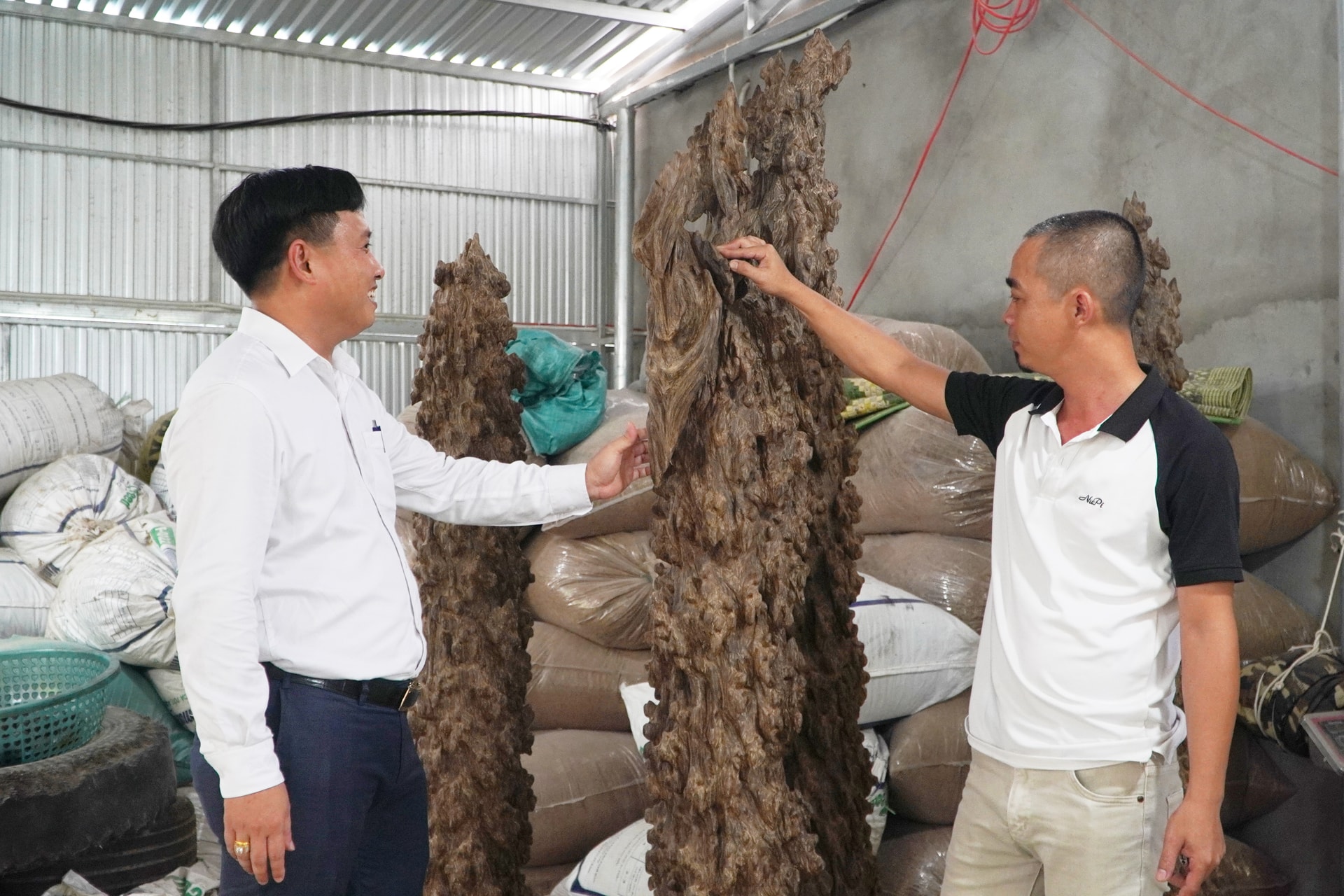
Change to adapt to the market
Having been involved in the agarwood industry for more than 15 years, Mr. Nguyen Duc Phuong (born in 1983, Trung Phuoc town) still remembers clearly the peak period of the craft village in the 2010s - when agarwood handicrafts and jewelry products from Trung Phuoc were sought after by traders and brought to be consumed at fairs in China. That was the period when many households in this land quickly became rich thanks to agarwood, many people after just a few shipments were able to earn billions of dong, getting rich from the traditional profession of their homeland.
“At that time, almost everyone in the village was involved in the agarwood industry, the business atmosphere was bustling from the workshop to the markets. I, like many other young people in the village, started learning the trade and building a production facility in 2011. At first, we only made agarwood handicrafts, then expanded to producing agarwood essential oil to diversify our products,” said Mr. Phuong.
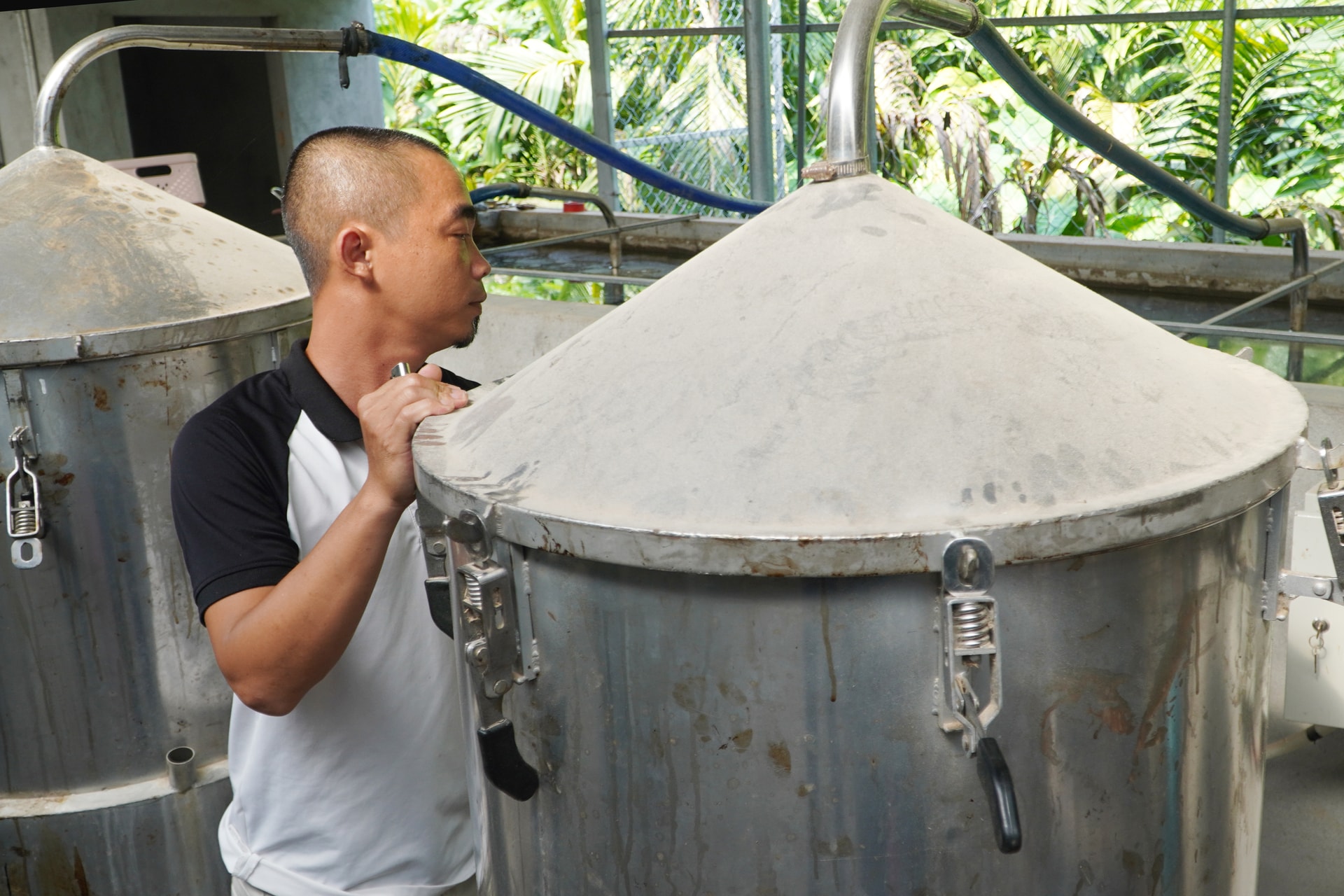
However, those “golden days” did not last long. Since the Covid-19 pandemic, the export market to China has faced many difficulties, consumption has decreased sharply, many facilities have had to temporarily suspend operations or reduce their scale. Not only that, local raw materials have gradually been exhausted, forcing facilities to look for raw materials in the southern provinces, causing production costs to increase very high.
“Every year, I have to import about 2 tons of agarwood from the southern provinces to produce agarwood handicrafts and essential oils. The high cost of transportation and raw materials, while the output is not really stable, puts a lot of pressure on maintaining production. However, with nearly 20 full-time and part-time workers, I still try to manage to keep the profession and keep jobs for my brothers,” Mr. Phuong confided.
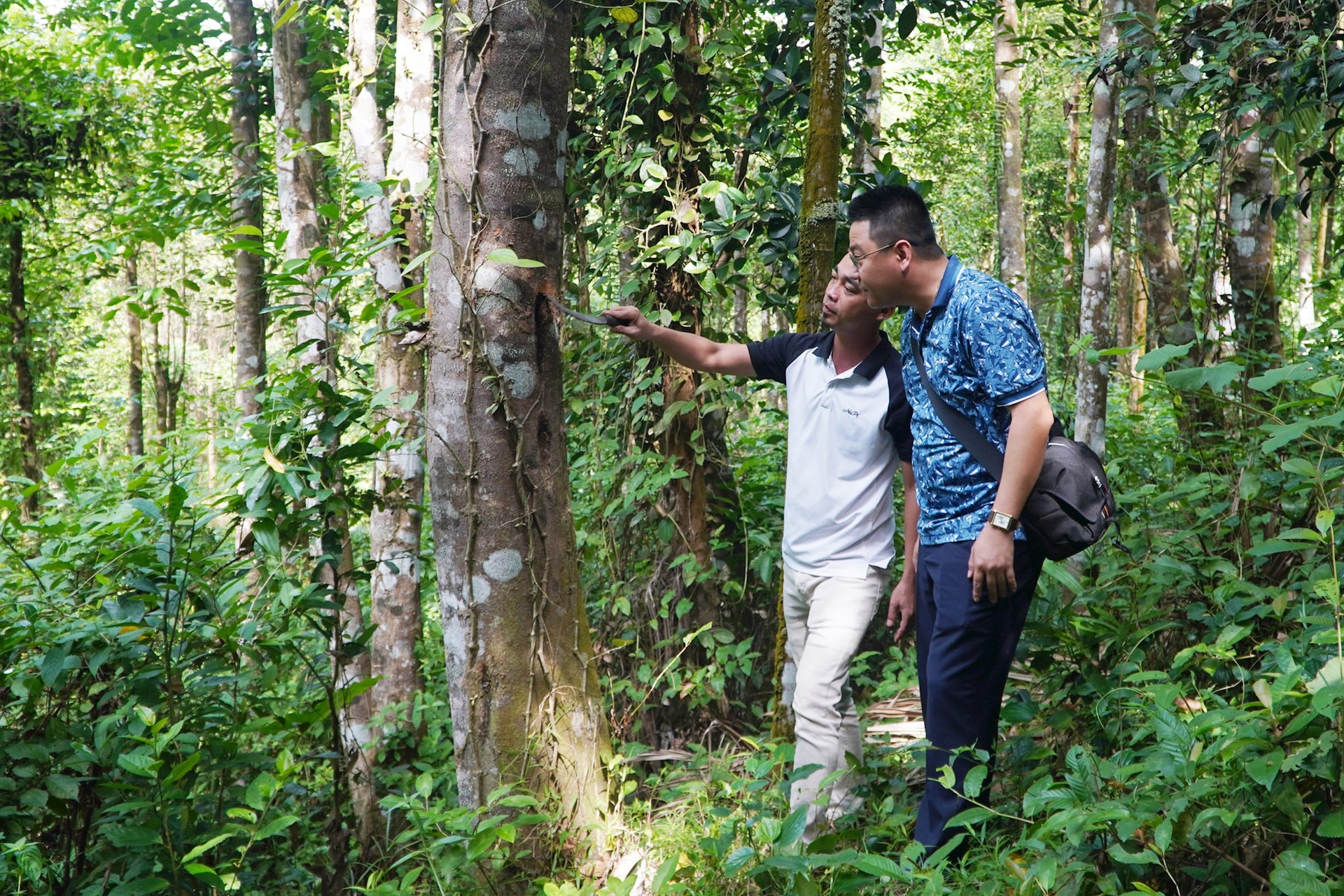
Realizing that raw materials are a vital factor in maintaining and developing the agarwood industry, many years ago, Mr. Phuong boldly invested in buying back some local people's Aquilaria gardens with an area of about 2 hectares, currently with more than 1,000 Aquilaria trees from 20 to 30 years old. He also applied the technique of inoculating microorganisms to create agarwood on Aquilaria trees to proactively source high-quality raw materials, reducing dependence on the outside market.
Being proactive in the raw material area right at home not only helps me save costs but also ensures the quality of agarwood as required. Inoculating microorganisms to create agarwood helps shorten the waiting time, increase the rate of achieving agarwood, thereby helping the product to be more competitive in the market.
Mr. Nguyen Duc Phuong
[VIDEO] - Mr. Nguyen Duc Phuong shares about the changes of the facility to adapt to current difficulties:
Accompanying the development of craft villages
Not only Mr. Phuong's facility, currently in Trung Phuoc town there are more than 60 large and small agarwood handicraft production facilities, creating stable jobs for more than 300 workers with an average income of 7 - 10 million VND/month, not to mention about 200 seasonal workers with an income of 3 - 5 million VND/month. This is considered one of the main occupations providing livelihoods for local people over the years.
However, according to Mr. Tran Van Doan - Chairman of Trung Phuoc Town People's Committee, the biggest difficulty of the craft village is still the lack of sustainable raw material areas. Most establishments still have to import raw materials from other provinces with high costs and unstable supply, leading to uncompetitive product prices.
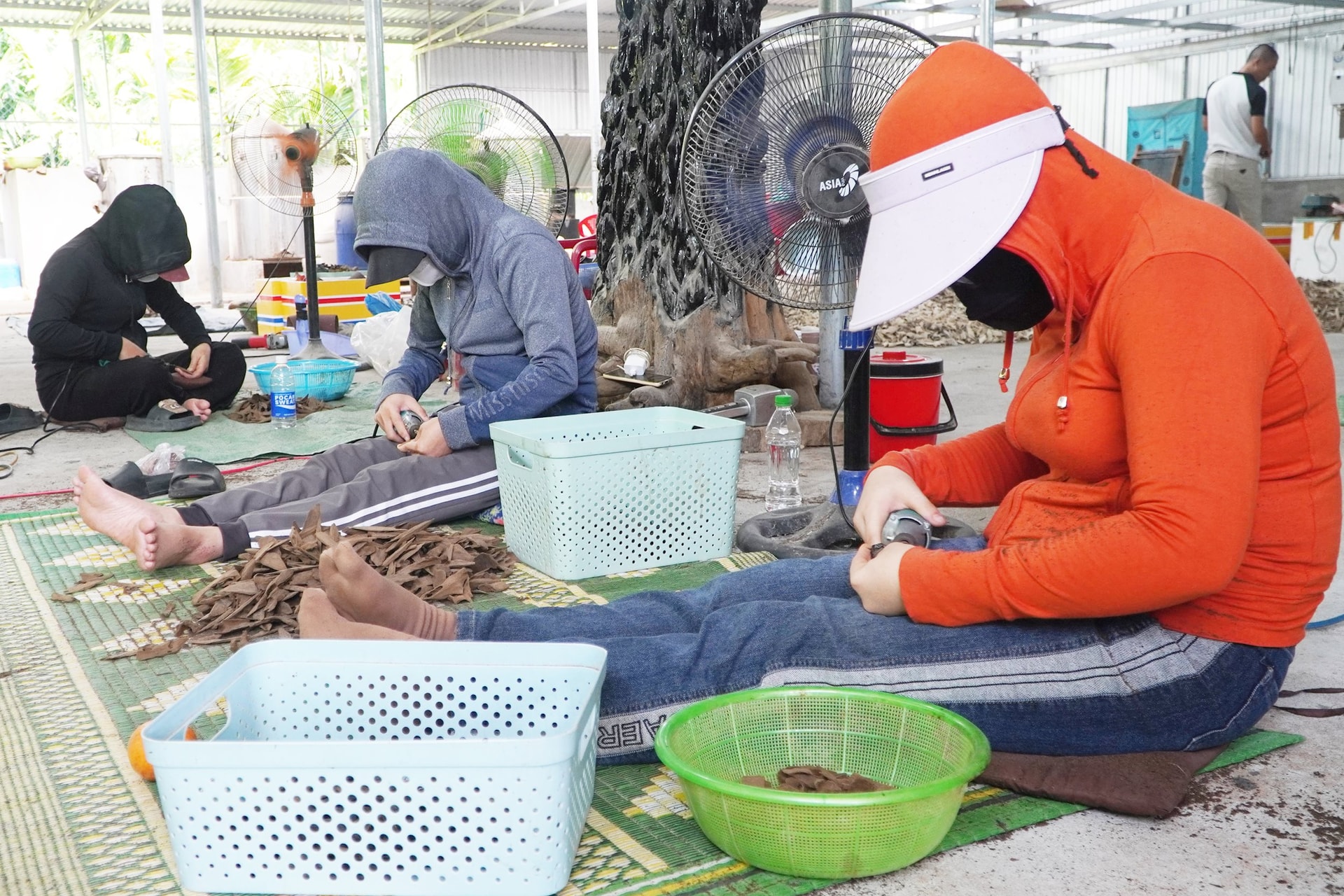
“Faced with that reality, the locality has developed a plan to develop a 9-hectare agarwood raw material area, supporting 18,000 seedlings for 30 households to plant on production forests and hilly garden land. We also encourage people to apply agarwood-creating microorganisms to shorten harvest time and increase economic efficiency. It is expected that after 7-10 years, this raw material area will begin to be harvested and provide stable raw materials for local production facilities,” said Mr. Doan.
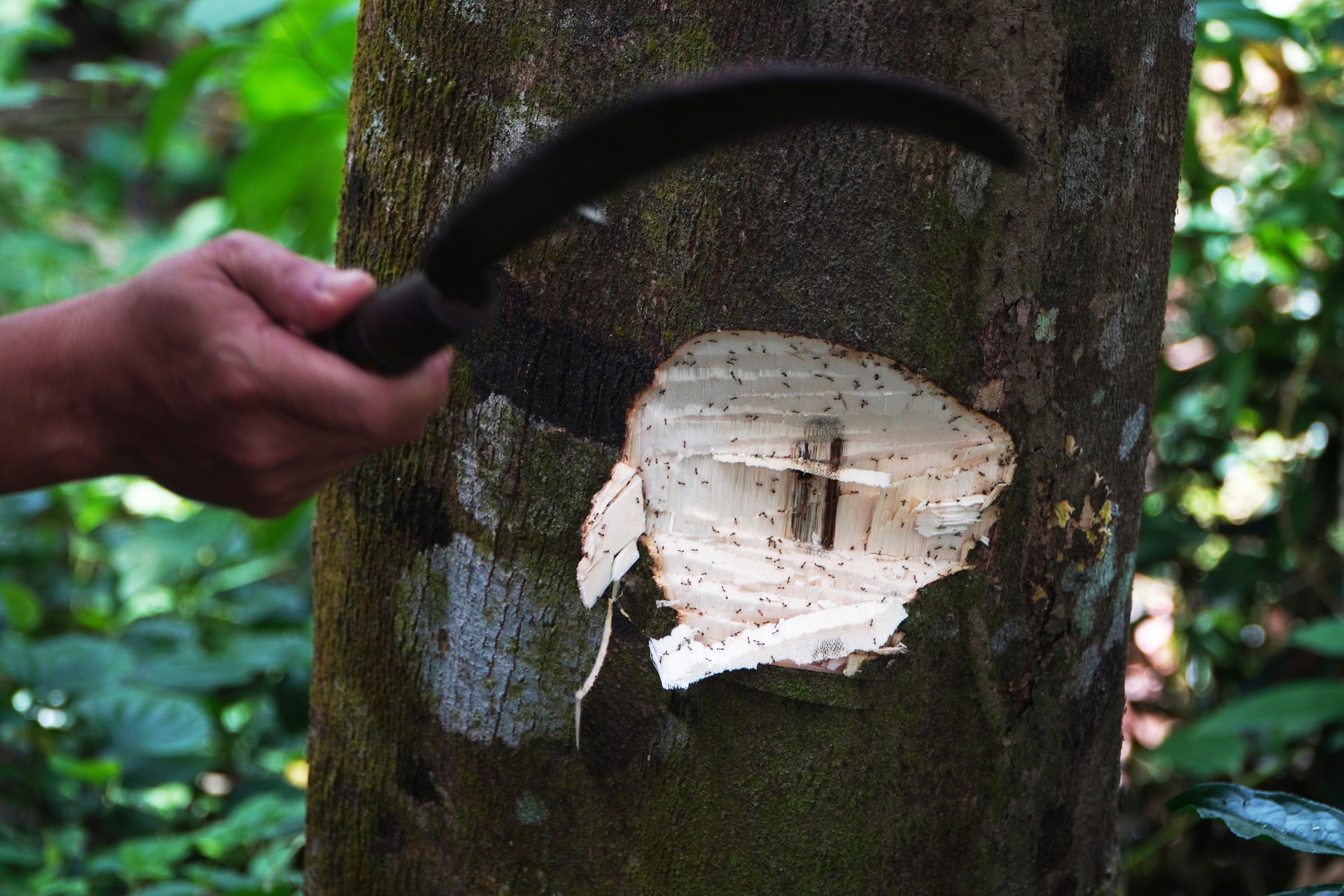
In addition, local authorities also coordinate with forest rangers to organize training courses, instructing people to prepare origin traceability records and CITES certification according to regulations to facilitate the consumption and export of products.
In addition to developing raw material areas, the locality also supports establishments to access industrial promotion policies to invest in modern machinery and equipment for agarwood oil production and handicraft making. From there, it helps to improve product quality, meeting the increasing demands of the market.
[VIDEO] - Mr. Tran Van Doan - Chairman of Trung Phuoc Town People's Committee shared about local support to develop agarwood industry:
In the coming time, Trung Phuoc will continue to expand the raw material area, replicate the model of growing Aquilaria crassna, and at the same time support production facilities to build brands associated with experiential tourism, develop product designs and connect domestic and foreign consumption markets. We identify this as an industry with long-term development potential, associated with the traditional strengths of the locality.
Mr. Tran Van Doan - Chairman of Trung Phuoc Town People's Committee
Source: https://baoquangnam.vn/chu-dong-vung-nguyen-lieu-de-nang-cao-gia-tri-tram-huong-trung-phuoc-3154449.html


![[Photo] Russian military power on display at parade celebrating 80 years of victory over fascism](https://vphoto.vietnam.vn/thumb/1200x675/vietnam/resource/IMAGE/2025/5/9/ce054c3a71b74b1da3be310973aebcfd)

![[Video] 24-hour news on May 9, 2025: General Secretary To Lam officially visits the Russian Federation and attends the 80th anniversary of Victory Day in the Great Patriotic War](https://vphoto.vietnam.vn/thumb/1200x675/vietnam/resource/IMAGE/2025/5/10/5eaa6504a96747708f2cb7b1a7471fb9)
![[Photo] Ho Chi Minh City: Many people release flower lanterns to celebrate Buddha's Birthday](https://vphoto.vietnam.vn/thumb/1200x675/vietnam/resource/IMAGE/2025/5/10/5d57dc648c0f46ffa3b22a3e6e3eac3e)
![[Photo] General Secretary To Lam meets with Chairman of the Federation Council, Parliament of the Russian Federation](https://vphoto.vietnam.vn/thumb/1200x675/vietnam/resource/IMAGE/2025/5/10/2c37f1980bdc48c4a04ca24b5f544b33)

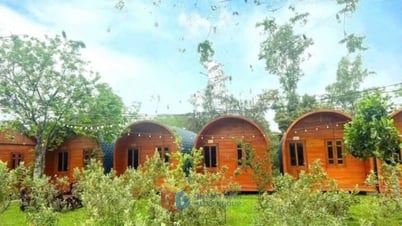
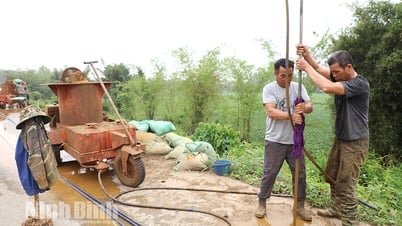

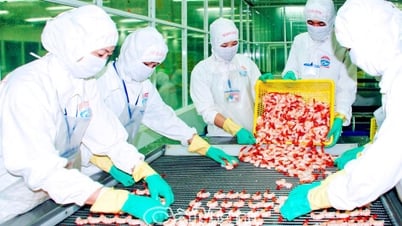
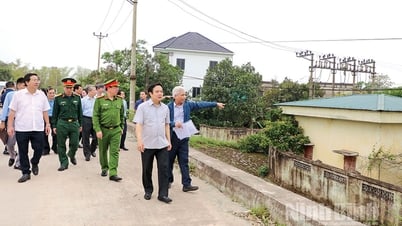










![[Photo] General Secretary To Lam and international leaders attend the parade celebrating the 80th anniversary of the victory over fascism in Russia](https://vphoto.vietnam.vn/thumb/1200x675/vietnam/resource/IMAGE/2025/5/9/4ec77ed7629a45c79d6e8aa952f20dd3)
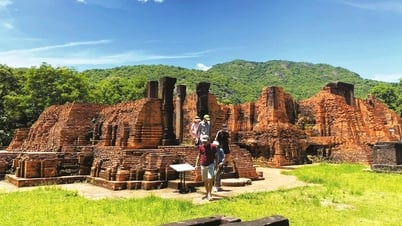

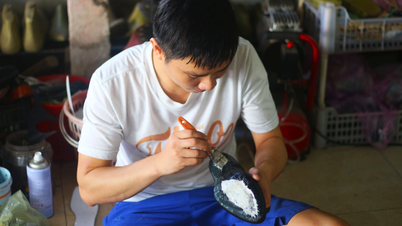













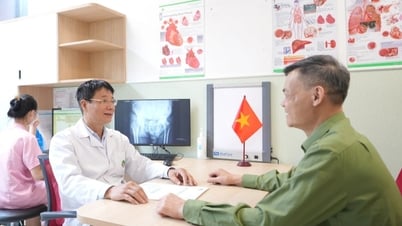






















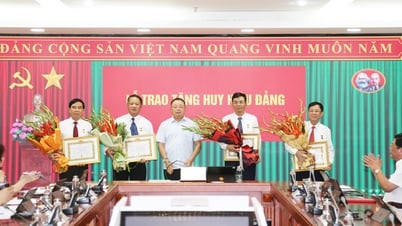




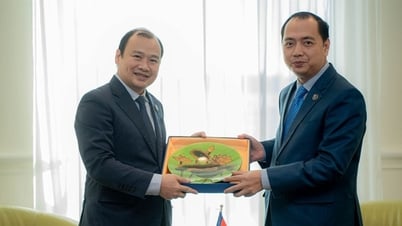



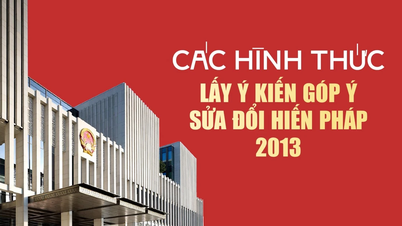




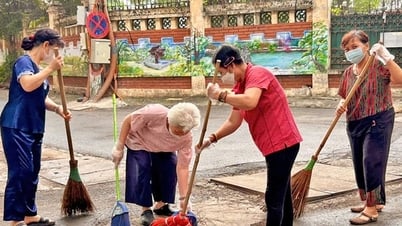










Comment (0)